Second Grand Prize of the National Architecture Awards
GTKTQG is the most prestigious and official award for architecture in Vietnam, established by the Prime Minister in 1994. Since 2006, the GTKTQG structure has added the Grand Prize with criteria for works and projects with special breakthroughs in the best architectural art, with profound social and humanistic values. The first Grand Prize was awarded in 2014 to the National Assembly House. Thus, after more than 10 years, the country's architecture has had its second Grand Prize.
The National Assembly House represents the national status - a project that has been expected after nearly 70 years of the birth of an independent Vietnam, with a historical position replacing Ba Dinh Hall, making the architectural solution not stop at functional requirements and harmonious integration with the urban landscape network but also create a symbol full of historical and political significance for a Vietnam that has achieved remarkable achievements in economic development in the past 10 years. As for the Vietnam Military History Museum - the project shouldered the responsibility of depicting and recreating a long journey of building and defending the country through many glorious struggles against foreign invaders of the nation. Thus, it seems that the two projects that received the Grand Prize are truly important architectures associated with the historical development process of the country.
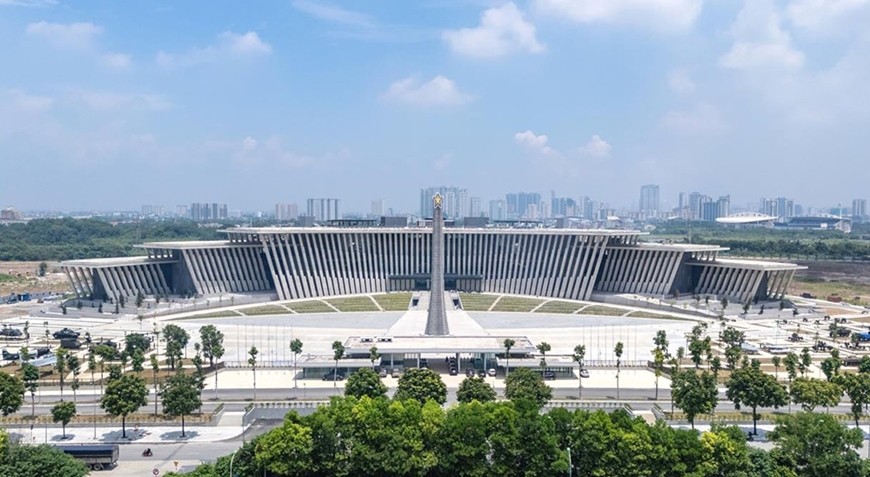
Vietnam Military History Museum Project.
The Vietnam Military History Museum, formerly the Military Museum, opened on the occasion of the 15th anniversary of the founding of the Vietnam People's Army (December 22, 1959). The museum is located in a corner of the Thang Long Imperial Citadel, at the foot of the Hanoi Flag Tower, taking advantage of the old facilities, which were the French Army's working buildings built during the occupation period. This is considered a temporary solution in the context of the country's division and difficulties, but still reflects President Ho Chi Minh's wish: "The Military Museum is a "living history book" that has a great effect on educating the Vietnamese people, especially the young generation, about the fine traditions of our nation. The Military Museum also helps foreign visitors understand more about Vietnam and the just struggle of our people. Therefore, the museum must create the best conditions for visitors to visit."
However, due to the use of old buildings, the display is relatively limited due to the specific requirements of the museum and the typical items of the Army theme, which are large weapons and equipment. With a total indoor display area of about 2,000m² and an outdoor area of about 6,000m², the museum can only introduce a small part of the collection of documents and artifacts. The display system is not synchronized and is divided into many small areas, making it difficult for visitors to follow the flow of history continuously and coherently. The narrow campus also makes the outdoor display area not really attractive because the displayed items have to take advantage of empty spaces, which somewhat reduces the grandeur and emotions of visitors.
Highly creative and iconic work
In 2005, the Prime Minister approved the planning of the national museum system, in which the Vietnam Military History Museum was identified as one of the four national museums that need to be invested in and newly built. The special project to build the Vietnam Military History Museum was started in 2020 on a 74-hectare plot of land next to Thang Long Boulevard, considered an area to develop a new modern look for the capital. After many consultations, taking opinions from experts in architecture, museums and military advisors, the design plan was determined with a modern, simple style and creating an intuitive historical flow, making a direct impression of the space.
In terms of external shapes and overall space organization, many creative architectural ideas have been cleverly interwoven by architects into the project items. The Victory Tower is 45m high, symbolizing the year 1945 - the time when the country gained independence. The body of the tower is shaped like a five-pointed star of the Vietnamese national flag, stacked in many layers, the top part is beveled as if reaching the blue sky. In addition, the pentagonal base of the tower represents the five social classes: workers, farmers, intellectuals, businessmen and soldiers.
The main building has a curved floor plan, embracing the square in front, symbolizing the image of the crossbow of An Duong Vuong, which is metaphorically connected to the Victory Tower like an arrow ready to shoot to protect the Fatherland in times of danger. The building is also divided into 3 blocks, arranged in different heights, implicitly conveying the solidarity of the nation "three trees together make a high mountain", showing the solidarity and coordination of the Army forces. In addition, the architecture of the building is also inspired by the 3 natural elements "Heaven-Earth-Sea" that form the country and also represent the 3 main forces of the Army. Other buildings include the administrative area, service area, technical control center, "Discovery-Creation" space and exhibition for young people, memorial space for military celebrities, heroic martyrs, heroic Vietnamese mothers, connected to each other and especially connected to the outdoor exhibition space, central square, garden system not only enhance the quality of the museum experience but also ensure maximum comfort for everyone, creating a friendly and attractive environment in the journey to discover Vietnam's military history.
In terms of internal exhibition organization, with the perspective of taking the human-owner of history as the center, the exhibition spaces emphasize the characteristics of Vietnamese military cultural identity, ensuring political and scientific, national and modern, basic and systematic characteristics, combining historical exhibitions with military specialties, topics and collections; at the same time, creating space for the public to experience, explore and create.
The main themes and topics are reproduced in a suitable layout. In addition to the usual "static" displays, the Vietnam Military History Museum has used a multimedia system combined with a directional audio system so that visitors can freely interact, bringing new experiences. In particular, the Museum has opened up new perspectives on the use of technology in conveying information as well as influencing viewers' emotions through many modern methods such as: 3D mapping sand table technology, information lookup screens, image documents, automatic audio guides, QR codes to look up information about artifacts, video clips introducing campaigns, battles or historical figures...
The Vietnam Military History Museum is a very meaningful project for both the past and the future, creating a highlight not only for the Army but also for the capital Hanoi and the whole country, contributing to promoting history, culture, tourism, socio-economic development, in line with the policy of the Central Military Commission and the Ministry of National Defense: "The Vietnam Military History Museum is a multi-purpose, comprehensive, especially important, typical institution of the capital Hanoi and the country".
Source: https://baolaocai.vn/gia-tri-kien-truc-lich-su-van-hoa-cua-bao-tang-lich-su-quan-su-viet-nam-post400435.html



![[Photo] Prime Minister Pham Minh Chinh attends the groundbreaking ceremony of Trump International Hung Yen Project](https://vphoto.vietnam.vn/thumb/1200x675/vietnam/resource/IMAGE/2025/5/21/ca84b87a74da4cddb2992a86966284cf)

![[Photo] Determining the pairs in the team semi-finals of the National Table Tennis Championship of Nhan Dan Newspaper](https://vphoto.vietnam.vn/thumb/1200x675/vietnam/resource/IMAGE/2025/5/21/eacbf7ae6a59497e9ae5da8e63d227bf)
![[Photo] Prime Minister Pham Minh Chinh receives Rabbi Yoav Ben Tzur, Israeli Minister of Labor](https://vphoto.vietnam.vn/thumb/1200x675/vietnam/resource/IMAGE/2025/5/21/511bf6664512413ca5a275cbf3fb2f65)
![[Photo] Scientific workshop "Building a socialist model associated with socialist people in Hai Phong city in the period of 2025-2030 and the following years"](https://vphoto.vietnam.vn/thumb/1200x675/vietnam/resource/IMAGE/2025/5/21/5098e06c813243b1bf5670f9dc20ad0a)



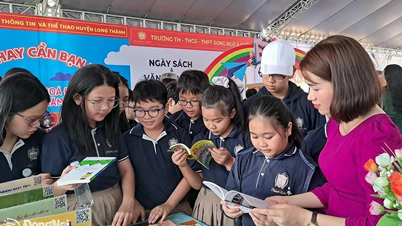



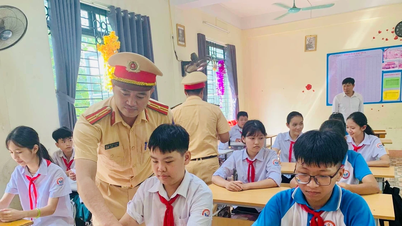
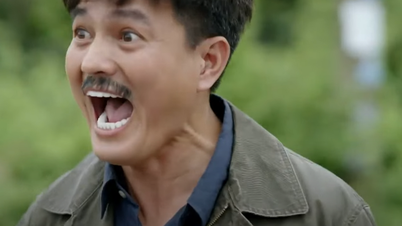





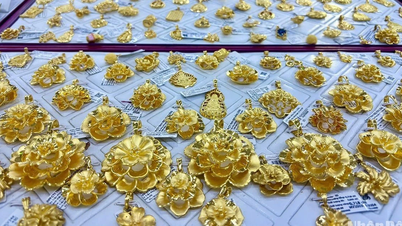
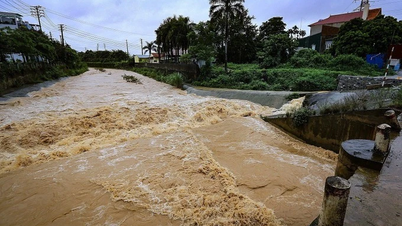
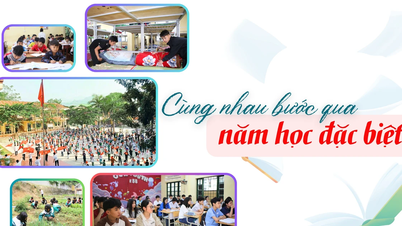
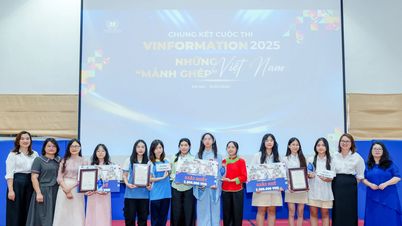
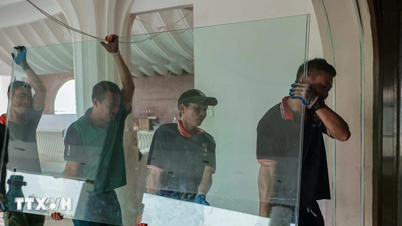
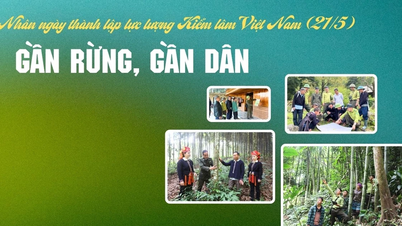
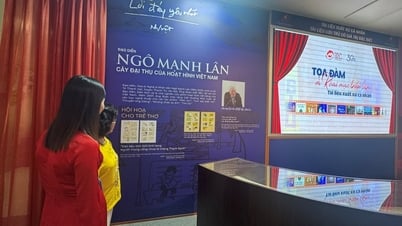
































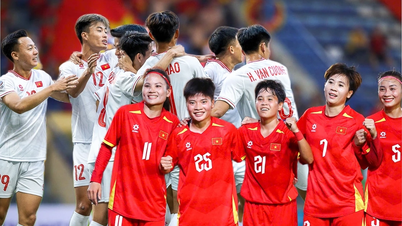

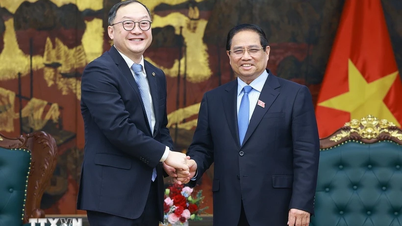

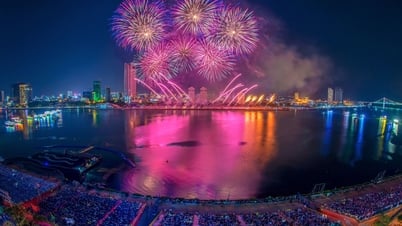

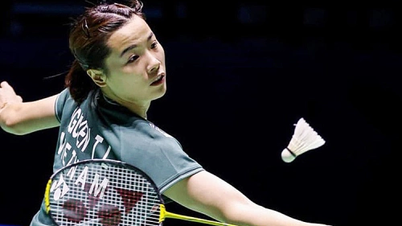

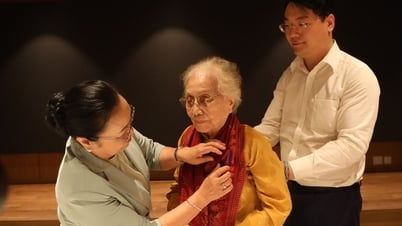

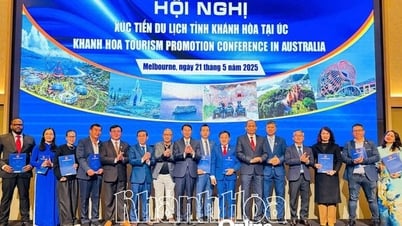
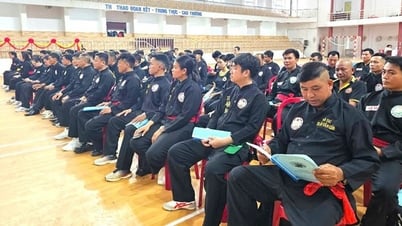
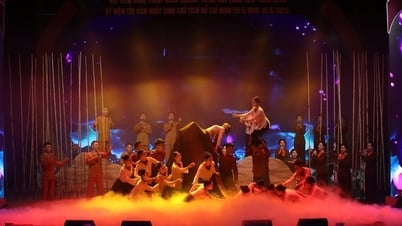


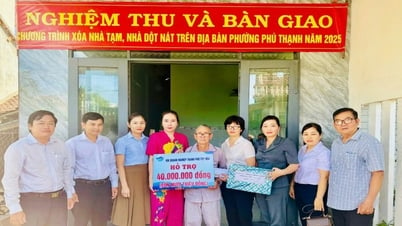

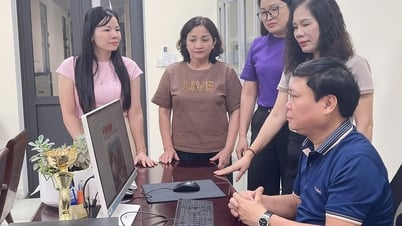

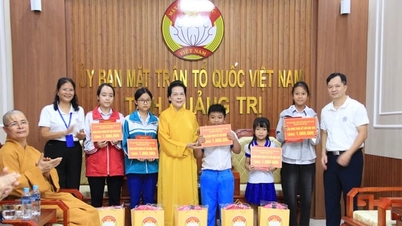

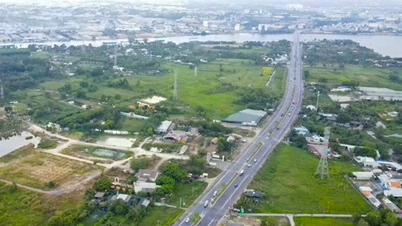











Comment (0)